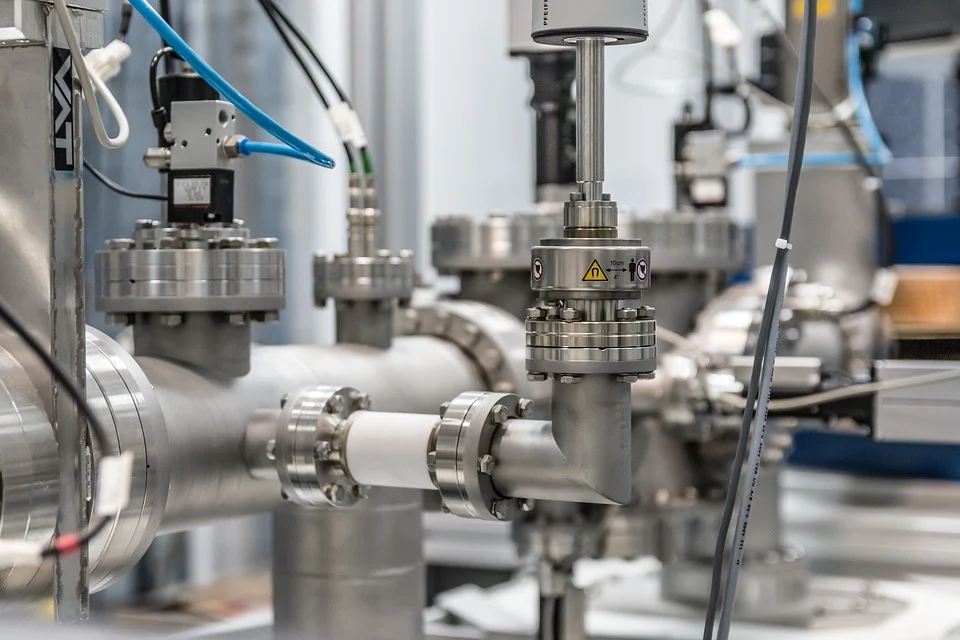To ensure that a house has sufficient water, drainage, and sanitization, the Water Regulations need to be determined and followed. Direct water supply systems in houses are those in which potable water is distributed directly from rising mains at mains pressure, or portable water is initially stored in a storage tank, then supplied to all appliances. Cold water is supplied by direct and indirect systems. To obtain hot water, one must install a hot water system, which delivers hot water to appliances (fixtures).
In general, there are two types of Hot Water System
1. Water heaters installed locally
The heat is directed locally to a single appliance or fixture (a single heater can serve several appliances or fixtures). Installing it above the fixture requires less pipe work.
2. Water heater with centralized heating
Water is heated for all appliances and fixtures with this multiple point heater. All appliances in the house will be supplied with hot water by one heater. A convenient location for supplying water is chosen for its installation.
The hot water system in a house is either localized or centralized based on the number of appliances it serves.
One water heater will supply hot water to all fixtures in a bungalow with 3 – 4 bathrooms, while separate water heaters are provided for each bathroom in a row house with 1 – 2 bathrooms. Water heaters, hot water pipes and faucets make up the hot water system in a house. During the heating process, cold water is fed into the water heater and heated before flowing to faucets and appliances through hot water pipes.
As a central hot water system is widely used, however, there is an increased likelihood of problems such as noisy pumps, cold spots, leaks, or radiators that need bleeding. These problems can be resolved by power flushing the whole centralized system. Electric, gas, oil, wood, coal, charcoal, and solar water heaters are all powered by electricity, or sustainably sourced energy (such as renewable energy).
A water heater can be divided into two types based on how it heats water
1. Water heaters that heat water instantly
Water heaters without tanks are also known as tankless water heaters. A pilot lamp (a lamp that lights when the heater is on) is part of an instantaneous water heater. The switch, a small pressure vessel and a heat exchanger make up the instantaneous water heater. In operation, the hot water tap will heat the cold water using a heat exchanger through pipes, resulting in hot water flowing from the tap. This device is used to store a small quantity of water for a long time and at any time. Hot water is heated instantly with geysers in households. The system ensures that there is always hot water available without storing it.
2. Storage type of water heater
Hot water is stored in these containers. Hot water pipes consist of four parts: a thermally insulated vessel (tank), a thermostat (an element that flashes when water is heated), an electric heating element and a thermostat. The water first collects in the tank of a storage type water heater. Hot Water Systems Adelaide is a heating process going on in the tank. Various appliances receive it. In case of a bathtub, for example, a storage water heater is used to heat large quantities of water quickly. Water is first filled in the container (heater), then heated. This does not provide continuous hot water supply. Upon emptying the hot water tank, the water in the tank must be heated. Storage type water heaters include solar water heaters, boilers, and electrical hot water tanks.
The hot water and cold water pressures in hot water systems should be equal at every fixture, especially where mixing faucets are used.

